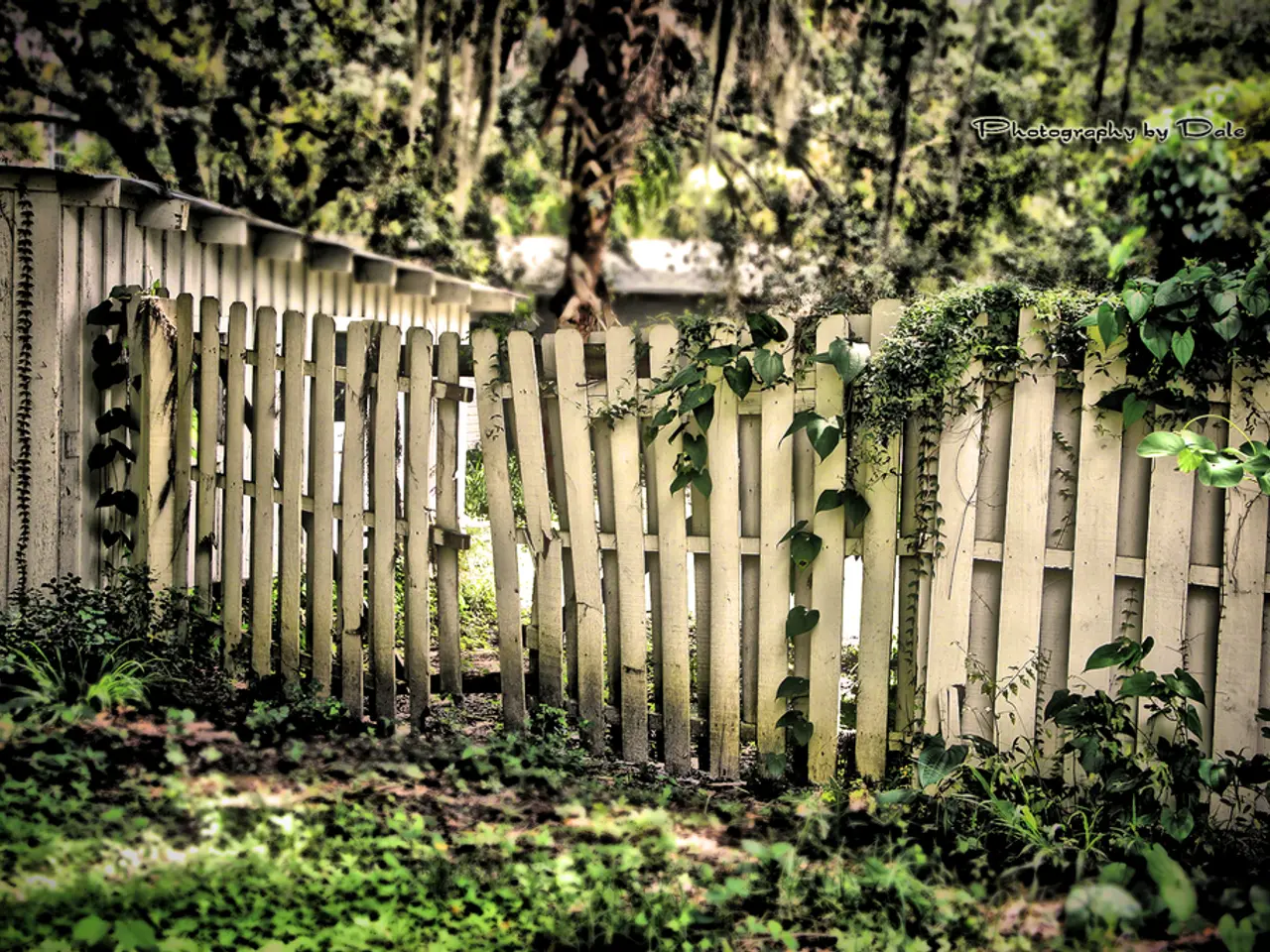Effect of Seasonal Hue Shifts in Planting on Psychotic Patients monitored by Biosensors
In a groundbreaking study, researchers have explored the impact of seasonal color change in deciduous trees on patients with psychotic disorders. The findings suggest that these natural elements could play a significant role in the design of healing gardens, contributing to the development of more effective therapeutic landscapes.
The study, which employed objective measures to assess patient responses, revealed that seasonal color change in a tree canopy elicited positive and intense emotions in patients. This could support mood regulation and sensory engagement, helping to soothe anxiety or agitation often experienced in psychotic disorders.
Deciduous trees, with their changing leaves offering a natural cycle of color and light, provide dynamic visual and sensory interest throughout the year. This dynamic quality can help patients connect to the passage of time and seasons, often grounding and stabilizing emotional states. The seasonal shedding of leaves also symbolizes renewal and change, which can be therapeutic for mental health recovery.
Incorporating plants that display a variety of colors through the seasons can evoke positive emotional responses. Bright and warm colors in autumn can enhance feelings of comfort and warmth, while fresh green leaves in spring and summer can promote calm and vitality.
When it comes to garden design, visual accessibility and safety are crucial. Gardens should offer clear, safe paths, avoiding confusion or overstimulation. Balancing visual stimuli with areas that offer soft auditory and tactile sensations contributes to emotional regulation.
Gardens should also be designed with input from horticultural therapists or mental health professionals to align with healing strategies. By integrating therapeutic goals, these spaces can provide a supportive, calming environment that positively influences emotions.
Though the research on the design of healing gardens for mental and behavioral disorders, specifically for patients with psychotic disorders, is limited, insights from therapeutic horticulture and healing garden design suggest these key points. Healing gardens rooted in moral therapy principles focus on beauty, order, and natural elements to support recovery and emotional well-being.
For precise design implementations, consulting with therapeutic horticulture experts or landscape architects specializing in mental health settings is recommended to tailor the garden for patients with psychotic disorders and ensure safety, engagement, and emotional support.
The beneficial effect of nature on patients with mental disorders is of significant importance. This study, which used a questionnaire survey, eye-tracking, facial expression analysis, and galvanic skin response to analyze patient behavior, supports the importance of nature in the treatment of mental disorders, particularly psychotic disorders.
Further research is necessary to obtain more detailed design recommendations for landscape architects, but the preliminary results are promising. If confirmed, the use of deciduous trees and seasonal color changes in healing gardens could significantly improve the emotional well-being of patients with psychotic disorders.
Science has highlighted the potential of incorporating seasonal color changes found in deciduous trees, a key component in healing gardens, as a part of therapies and treatments for mental health, specifically psychotic disorders. The evidence indicates that these natural elements can spark positive emotions, aid in mood regulation, and foster sensory engagement, contributing to the development of more effective health-and-wellness strategies that support mental health well-being.




